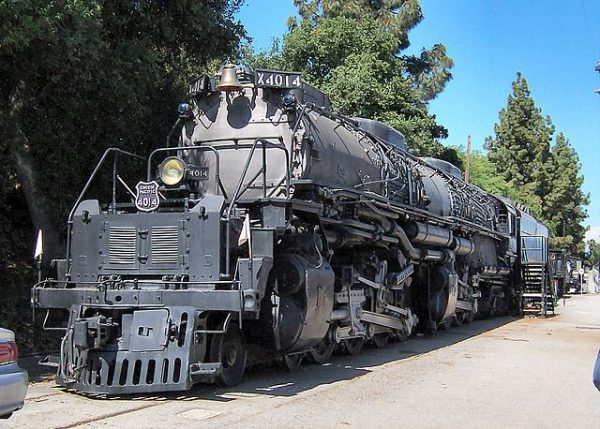It is not always easy to come up with a topic to write about each week. For this article, I asked a couple friends what is a topic they would be interested in me writing about. Amidst a few different responses one friend asked, “How much coal does it take to get from here to Maine and back?” At first this didn’t seem to really fit what I normally write about, but since I’ve tackled heating a building with firecrackers and LED Christmas lights I decided to give it a shot.
The first job is to unpack the question. We know that our destination is Maine, but where in Maine? I decided to use the oh-so scientific method of slowly zooming in on Maine in Google maps to see what city was the first to show. In this case, is was Portland. So we are going to Portland. Where are we coming from? Forward Engineers is based in Rogers, AR so that’s where we are starting. The distance between these two cities by rail is approximately 1,700 miles. Our starting elevation is 1,360 ft and final elevation is 53 feet. For simplicity sake, we are going to ignore the hills and mountains between the two cities (that was easy!).
What are we traveling in? I don’t know many modes of transportation that use coal besides a steam locomotive so let’s go in that. Let’s assume our train consists of an engine, 6 passenger cars and a caboose all weighing 800,000 pounds in total. Once our train is up to a full speed of 70 miles per hour, it will require 1,500 horsepower from the engine to keep going.
Now lets do the energy calculation. To travel the horizontal distance, we need to convert the horsepower requirement to Btu/hr by multiplying by 2,544. This conversion gives us an energy usage of approximately 3,800,000 Btu/hr. Traveling a distance of 1,700 miles at 70 miles per hour, the trip will take about 24 hours to complete. Our total energy usage so far will be around 91,000,000 BTUs. However, overall we are traveling downhill so we will be able to use less coal because of our potential energy. Dropping 800,000 lbs from 1,360 feet to 53 feet saves us about 1,300,000 BTUs. Therefore, our total required energy output is around 89,700,000 BTUs. I’m choosing to ignore the extra energy required to get the train moving and any stops along the way.
Unfortunately, piston steam engines are not very efficient. Towards the final years of steam train travel, the typical locomotive had an efficiency of about six percent. This means that to produce our required 89.7 million BTUs of energy, we need to burn 1.5 billion BTUs of coal! One ton of coal contains around 28 million BTUs of coal. Dividing our energy requirement by the energy content of coal tells us that we would go through about 53 tons of coal on our little trip. Now, I’m no train engineer (despite what my daughter thinks I do for a living) so I am confident that I have missed enough important factors that you would probably end up on the side of the tracks out of coal somewhere between here and Maine so don’t go using this article to plan your next trip.
The point of all this was to simply show that just about anything can be broken down by its energy use and analyzed. Forward Engineers often does energy usage calculations for our client’s buildings letting the owner or manager know where their utility money is going and where improvements can best be made. Most of our calculations are quite different from trains and coal usage, but we still work through the numbers, making assumptions and running the numbers at every turn. If you have a building or project that could use some extra energy analysis, consider contacting us to analyze the energy usage and to make recommendations that not only save the building energy, but you money.




